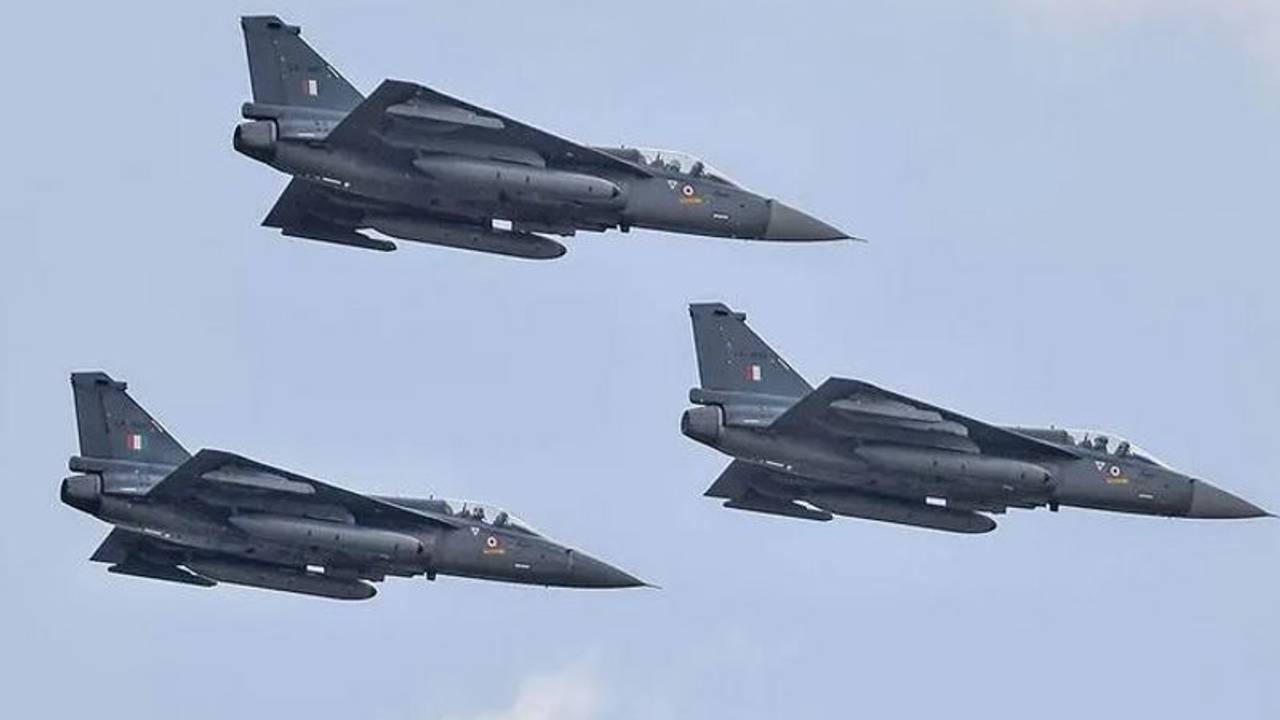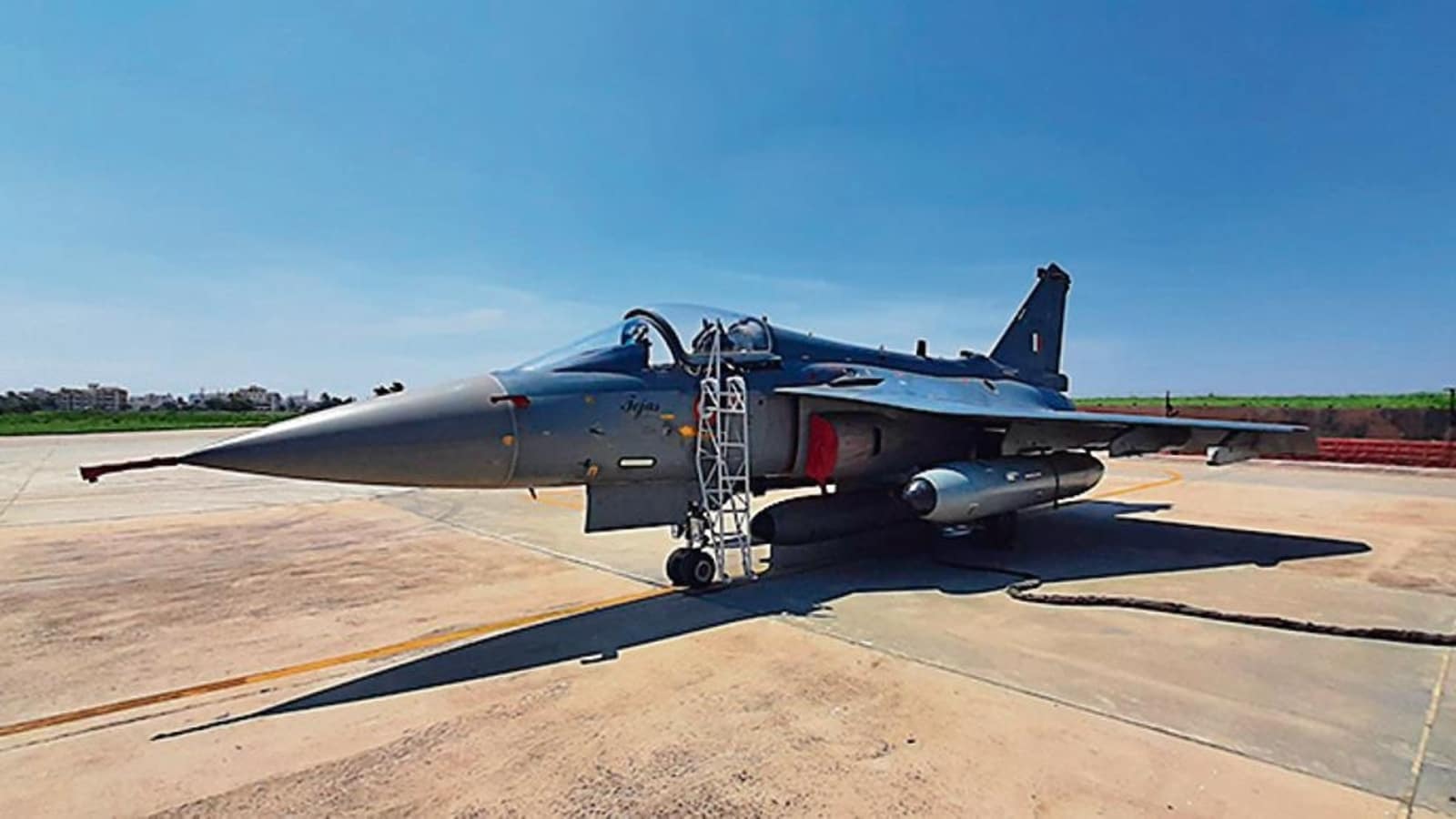The comment I cited was about production of fighter aircraft. My comment was about fighter aircraft:Tejas mk1a was always planned to be delivered from 2024 onwards. From the rate of 16 aircraft at the beginning and 24 after some time. HAL has already completed the delivery of mark 1 aircraft and naval LCA is a dead project that is now being used as a stepping stone for TEDBF i believe. The delay on tejas mk2 aircraft has been due to the engine. But alas shitting on the indian MIC which produces Nuke subs, carriers and BMD is a worthwhile for some "indians" and that then get magnified by everyone
'India cannot yet rely on the Indian MIC to supply the IAF with the fighters it needs.'
I don't think that Tejas Mk2 delay is due to the engine. India ordered 99 F414 engines for Tejas Mk2 over 10 years ago.
'India has completed a deal for 99 General Electric F414 engines, the powerplant for the planned Hindustan Aeronautics Tejas Mk II Light Combat Aircraft.
In a call with Flightglobal, an industry source close to the 99 engine deal confirmed that it has been completed. Indian media reports peg the value of the deal at Indian rupees (Rs) 30 billion ($560 million).'

India to obtain 99 GE F414 engines for Tejas Mk II
India has completed a deal for 99 General Electric F414 engines, the powerplant for the planned Hindustan Aeronautics Tejas Mk II Light Combat Aircraft.In...
Any delay due to a shortage of F414 engines is India's doing - albeit, perhaps not HAL's.
Last edited:







